Research
Search our website
Search our website by entering a keyword or choose a database above to search specifically.
Search
Showing search results 14,401 - 14,410
14,722 results found
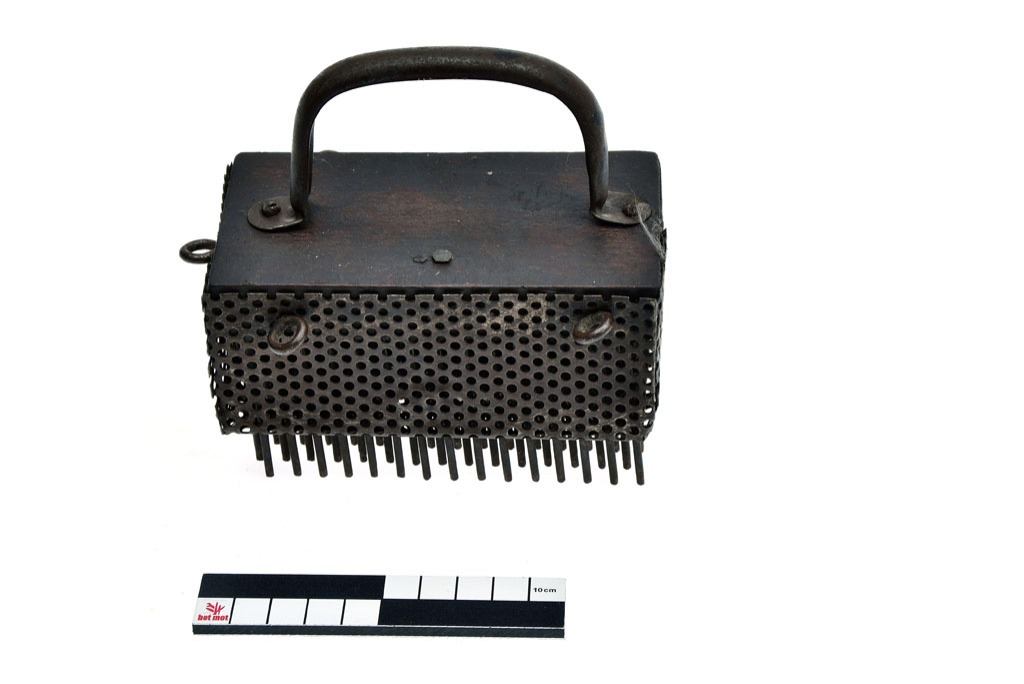
Uncapping device
This text can only be consulted in Dutch
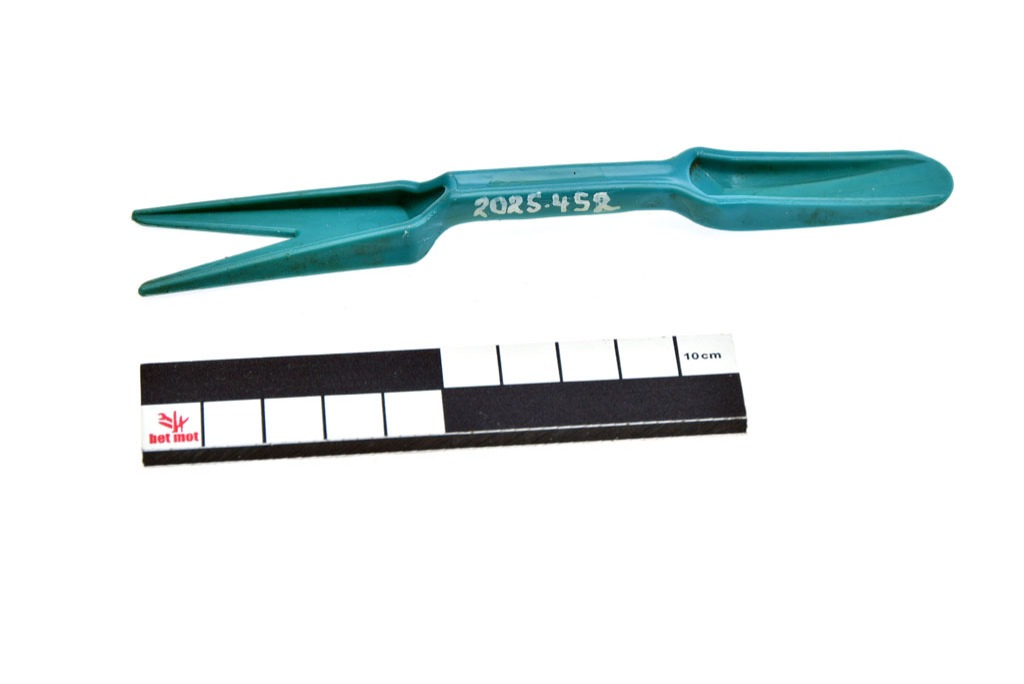
Seedling widger
This text can only be consulted in Dutch
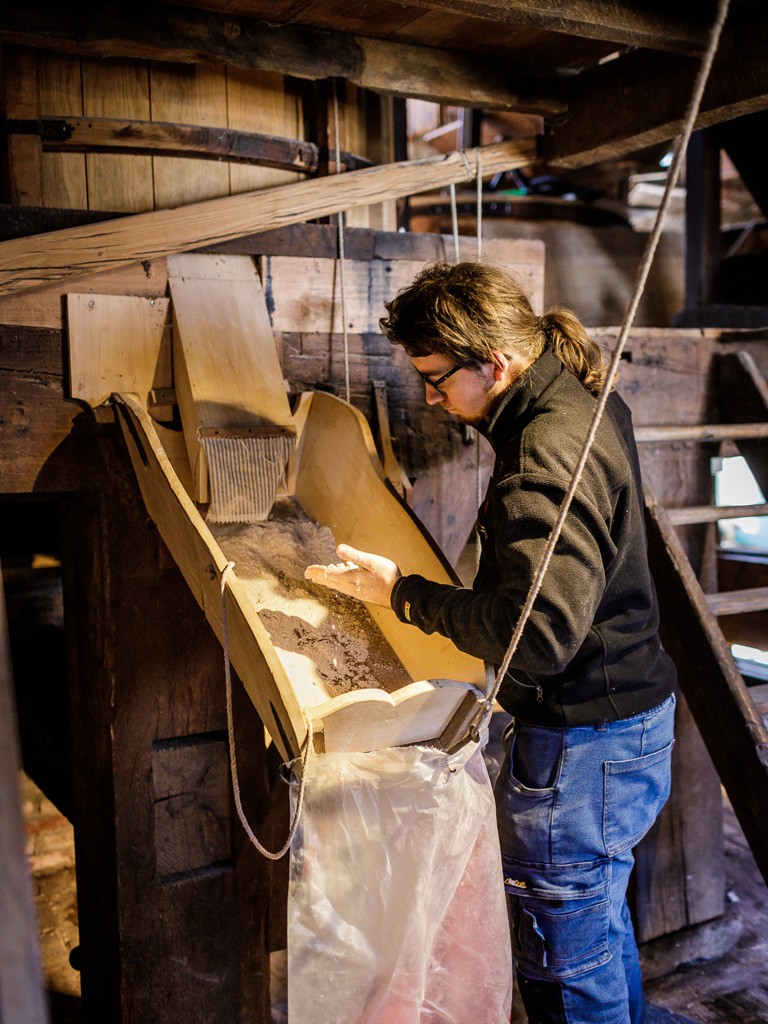
Demonstrations
Sunday, demo day!
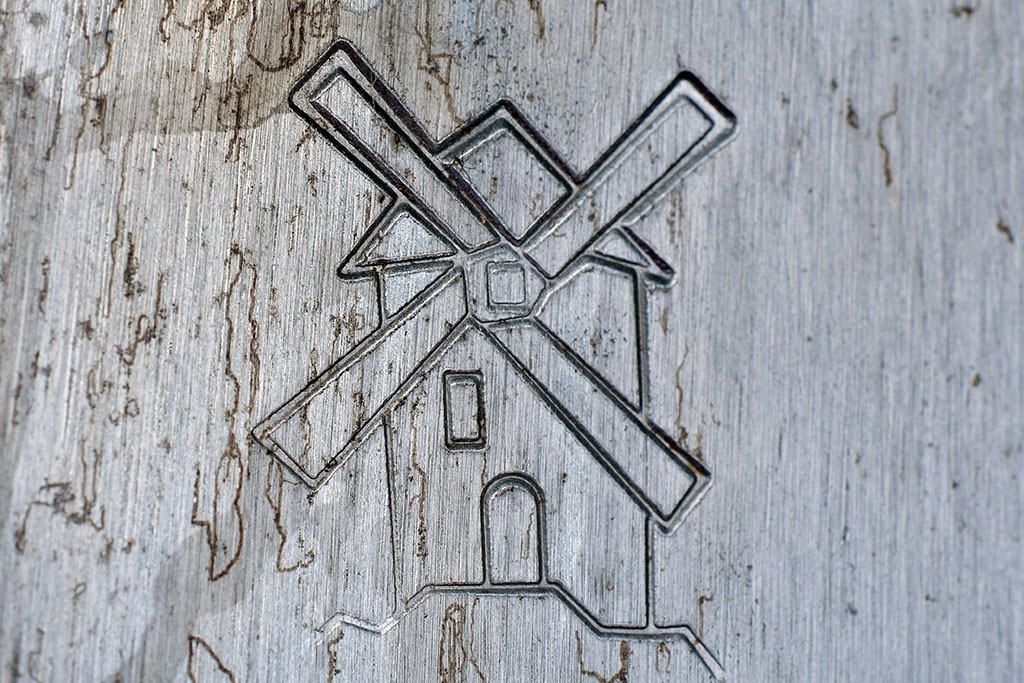
MARQUE DÉPOSÉE ACIER TREMPÉ GARANTI QUALITÉ EXTRA
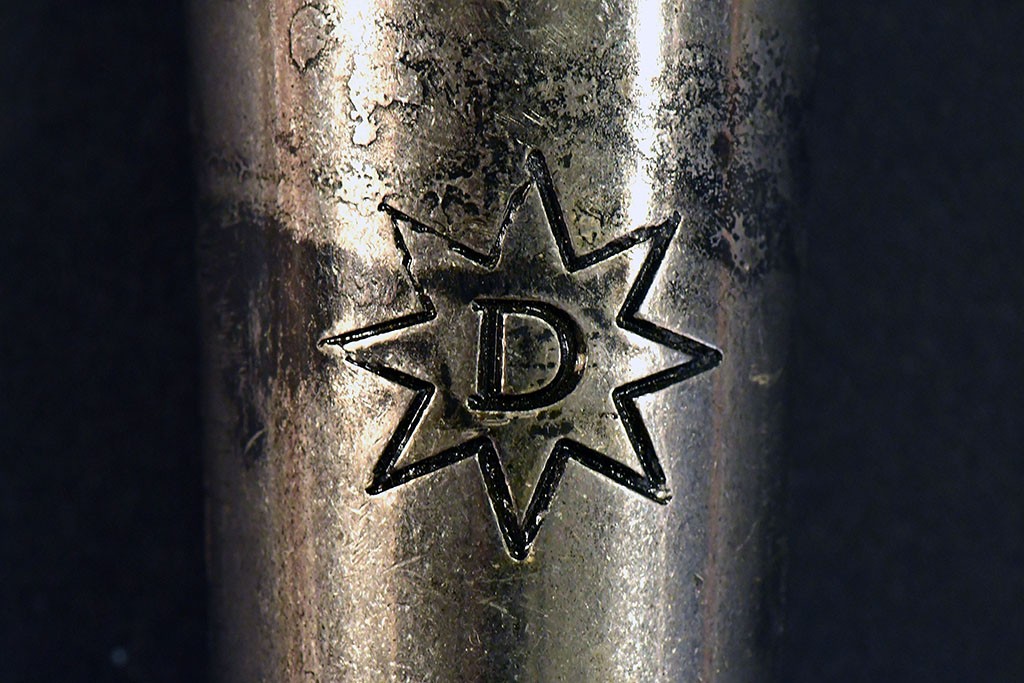
D
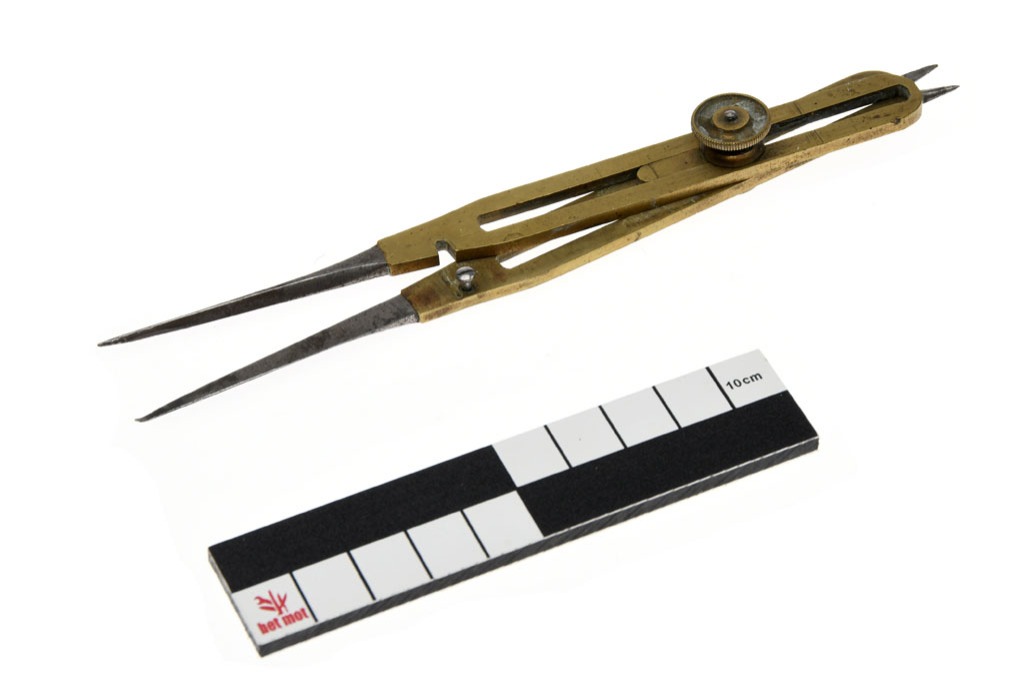
Proportional divider
This text can only be consulted in Dutch
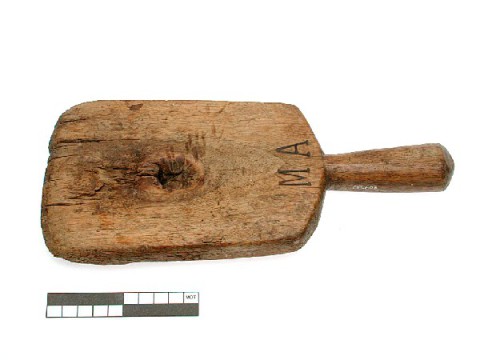
Laundry beater
In the past, the actual washing was done after the laundry was cooked. The lye and the already dissolved dirt, as well as the last stains had to be removed with soap. This was done by hand alone, on a washboard or with a laundry beater (approx. 30 by 10 cm). The latter is a wooden chip-shaped beater - to be distinguished from the cork driver and the iron beater - with which the laundry was tapped, which was placed on a stone or shelf. [MOT
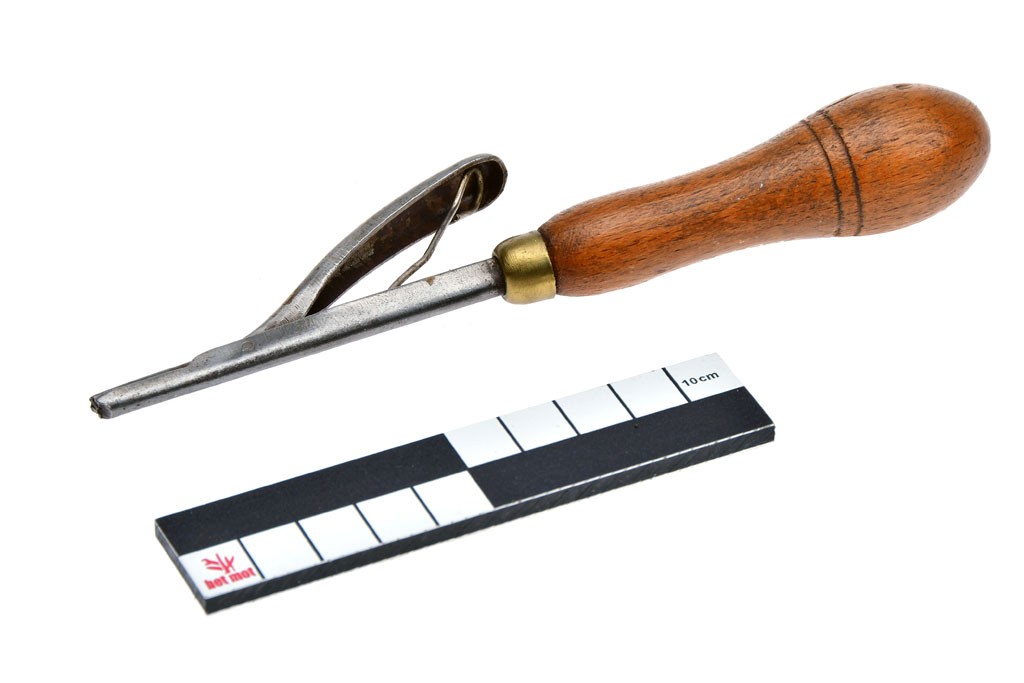
Rug latch hook
This text can only be consulted in Dutch
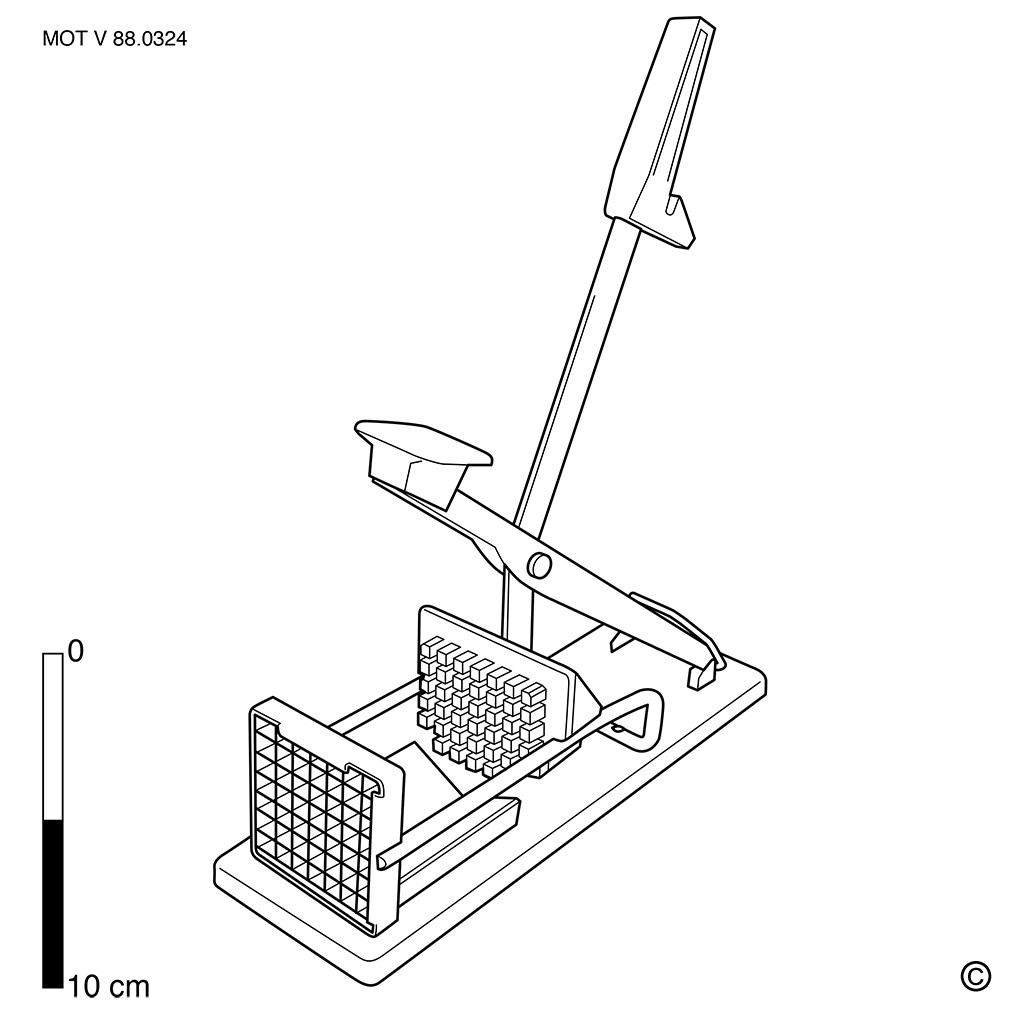
French-fry cutter
This text can only be consulted in Dutch
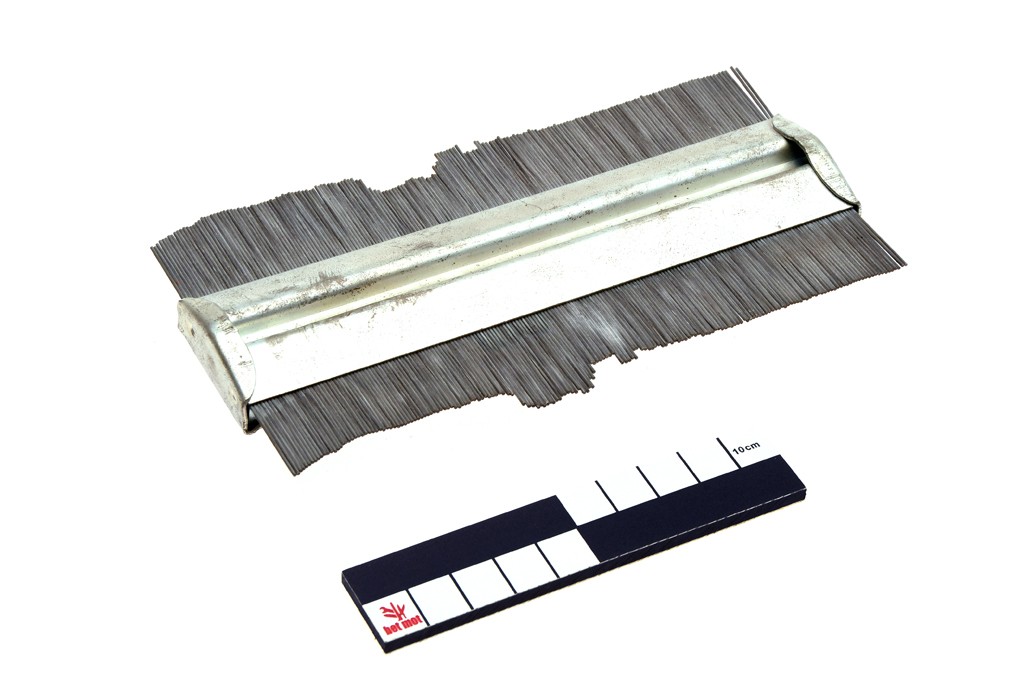
Profile gauge
This text can only be consulted in Dutch
